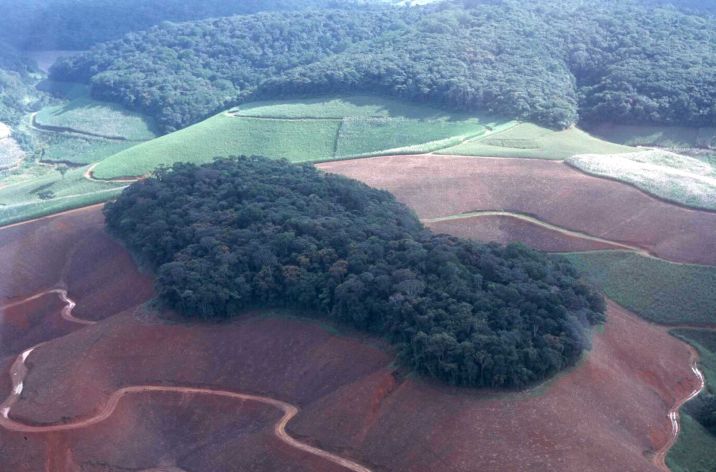How well do we understand landscape effects on pollinators and pollination services?
DOI:
https://doi.org/10.26786/1920-7603(2012)2Abstract
Many studies in the past decade, mostly in temperate countries, have documented the effects of habitat loss and fragmentation on species richness, composition, and abundance and the behaviour of pollinators. Changes in landscape structure are considered to be the primary causes of the limitation of pollination services in agricultural systems. Here, we review evidence of general patterns as well as gaps in knowledge that could be used to support the development of policies for pollinator conservation and the restoration of degraded landscapes. Our results indicate a recent increase in the number of studies on the relationships between pollination processes and landscape patterns, with some key trends already being established. Many authors indicate, for example, that the spatial organization of a landscape has a great influence on the survival and dispersal capacity of many pollinators, as spatial organization affects resource availability and determines the functional connectivity of the landscape. Additionally, the shape, size and spatial arrangement of the patches of each type of natural environment, as well as the occurrence of different types of land use, can create sites with different degrees of connectivity or even barriers to movement between patches, which can deeply modify pollinator flows through the landscape and consequently the success of cross-pollination. However, there are still some gaps, such as in the knowledge of which critical values of habitat loss can lead to drastic increases in pollinator extinction rates, information that is needed to evaluate at what point plant-pollinator interactions may collapse. We also need to concentrate research effort on improving a landscape’s capacity to facilitate pollinator flow (connectivity) between crops and nesting/foraging areas.
Published
How to Cite
Issue
Section
License
Copyright (c) 2012 Blandina Felipe Viana, Danilo Boscolo, Eduardo marianon@gmail.com Mariano Neto, Luciano Lopes, Ariadna Lopes, Patricia Fereira, Camila Magalhães Pigozzo, Luis Primo

This work is licensed under a Creative Commons Attribution 4.0 International License.
JPE is an open access journal which means that all content is freely available without charge to the user or his/her institution.
Authors who publish with this journal agree to the following terms:
1) Authors retain copyright and grant the journal right of first publication with the work simultaneously licensed under a Creative Commons Attribution License that allows others to share the work with an acknowledgement of the work's authorship and initial publication in this journal.
2) Authors are able to enter into separate, additional contractual arrangements for the non-exclusive distribution of the journal's published version of the work (e.g., post it to an institutional repository or publish it in a book), with an acknowledgement of its initial publication in this journal.
3) Authors are permitted and encouraged to post their work online (e.g., in institutional repositories or on their website) prior to and during the submission process, as it can lead to productive exchanges, as well as earlier and greater citation of published work (See The Effect of Open Access).
To assure a broader targeted audience, content will be included into databases (such as EBSCO) and directories (such as DOAJ).











